In industrial automation control systems, the CM2201 7400206-100 is responsible for data interaction tasks and serves as the hub connecting various modules within the system. It enables data transmission and sharing between processor modules, input/output modules, and other components. After the processor module calculates and generates control instructions, the CM2201 transmits these instructions to the corresponding I/O modules to drive the actions of on-site equipment. It also collects on-site equipment status data fed back by the I/O modules and sends it back to the processor module for analysis and decision-making, ensuring the coordinated operation of all links in the control system.
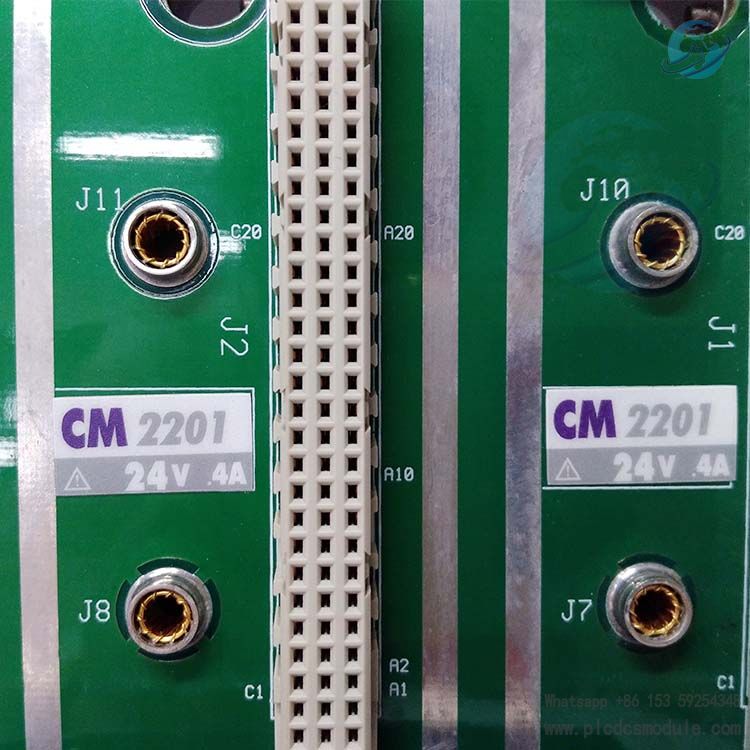
Efficient data transmission rate: In Ethernet communication mode, it has a high-speed data transmission capability close to the upper limit of network bandwidth, ensuring that a large amount of data is transmitted accurately in a short time. This is important for real-time monitoring of equipment status and timely issuance of control instructions, improving the response speed and control accuracy of the system.
Electrical isolation performance: The electrical isolation voltage can generally reach several thousand volts, preventing electrical interference between different circuits and ensuring the stable operation of the system in complex electrical environments. A higher isolation voltage improves the safety and reliability of the system, avoiding system failures or data errors caused by electrical interference.
Strong multi-protocol support capability: It supports a variety of mainstream industrial communication protocols, such as MODBUS protocol, as well as possibly PROFIBUS, ETHERNET/IP and other protocols. The number of supported protocols is usually 3 or more, meeting the interconnection needs between different industrial equipment and control systems, and facilitating users to build industrial automation networks.
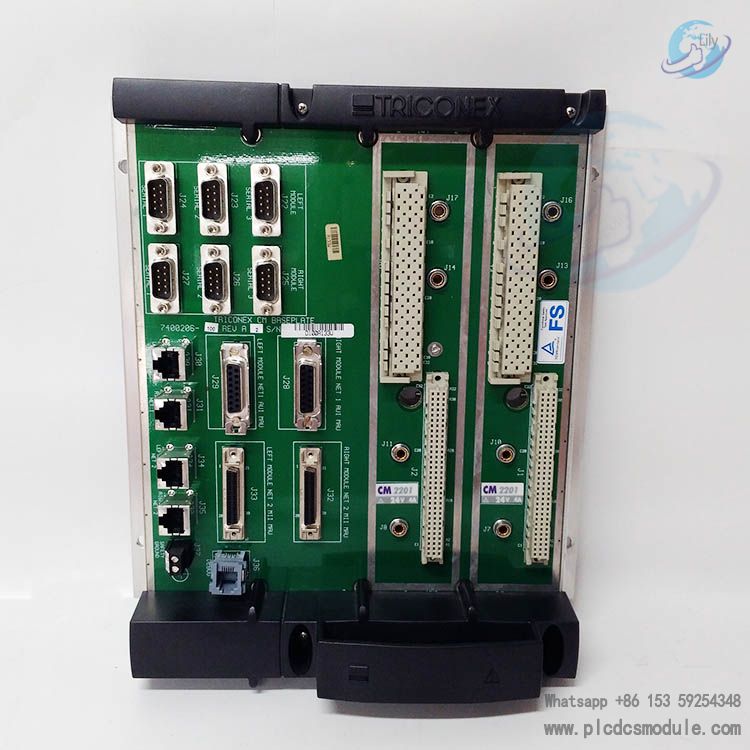
Features and Advantages
Reliability and stability: Adopting a redundant communication architecture design, key parts such as communication interfaces and data transmission paths are equipped with redundant configurations. When one communication link fails, the redundant link can switch seamlessly to undertake data transmission tasks, ensuring continuous communication, avoiding communication interruptions in the control system due to single-point failures, and guaranteeing system operation. It can work reliably in environments such as offshore oil platforms to ensure the communication of the platform's control system.
High-speed data processing and exchange: It has high-speed data transmission performance, capable of processing and exchanging large amounts of industrial data, meeting the real-time requirements of modern industrial automation production. In high-speed operating automated production lines, it can transmit equipment operating status data to the control system, enabling the control system to make adjustments, ensuring the operation of the production line, and avoiding production stagnation or product quality issues caused by data transmission delays.
Environmental adaptability: The shell and internal circuits have undergone design and treatment to adapt to industrial environments such as high temperature, high humidity, and strong electromagnetic interference. It can work stably in oil extraction facilities in deserts or humid offshore operation platforms, providing guarantee for the operation of industrial control systems.
Easy integration and expansion: The design takes into account compatibility and integration with other modules in industrial automation systems, and can be integrated with processor modules, I/O modules, etc., to form an overall control solution. It has expandability, and can increase communication links or connect more external devices according to the needs of industrial projects, facilitating system upgrades and scale expansion, and adapting to the development needs of industrial automation.
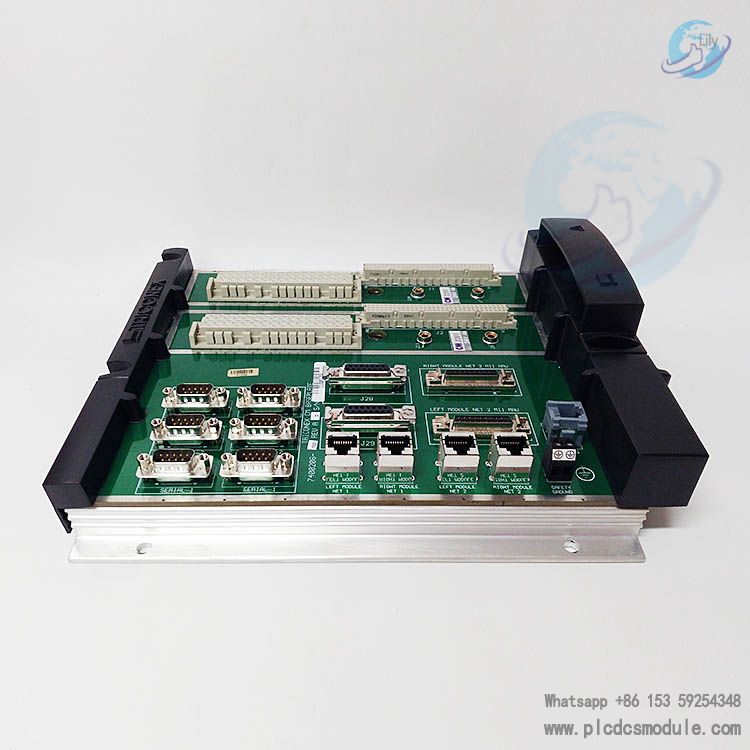
(1) Operation of Redundant Communication Architecture
The redundant communication architecture of CM2201 is the foundation for its stable operation. Key components such as communication interfaces and data transmission paths are equipped with redundant configurations. When a communication link fails due to line aging, electromagnetic interference, or other reasons, the redundant link can switch over to take over the data transmission task, maintaining communication continuity. For example, in a factory workshop, electromagnetic interference generated by the operation of large-scale equipment may affect a certain communication link, but the redundant architecture can ensure that data transmission remains unaffected, thus guaranteeing the stable operation of the control system.
(2) Support Mechanism for Multiple Communication Protocols
The module has built-in support for a variety of common industrial communication protocols, such as MODBUS slave, master, and master/slave protocols. When communicating with external devices or other control systems, it can identify and match the corresponding protocol according to the connected object and communication requirements. When connecting to an intelligent instrument with the Modbus protocol, the module packages, unpacks, and verifies data in accordance with the rules of the Modbus protocol, ensuring that different devices can exchange data in line with protocol standards to achieve interconnection, intercommunication, and collaborative work.
(3) Data Processing and Transmission Process
The main processor broadcasts the data to be transmitted to CM2201 through an internal high-speed communication bus. The module first classifies, caches, and preprocesses the data, then repackages it according to the target device address and communication protocol, adds transmission control information, and sends it through the selected communication link. When receiving data, CM2201 unpacks and verifies it to ensure data integrity and accuracy, and then transmits the processed data to the corresponding processor module or other components for processing in accordance with the internal communication rules of the system.
Customers who purchased this product are also browsing the following products:
TRICONEX AI2361 7400210-020 processor module
TRICONEX D28799-005 Power Interface Module
ABB SPDSI13 digital input module
Honeywell MC-PDOX02 51304487-150 Digital Output Module





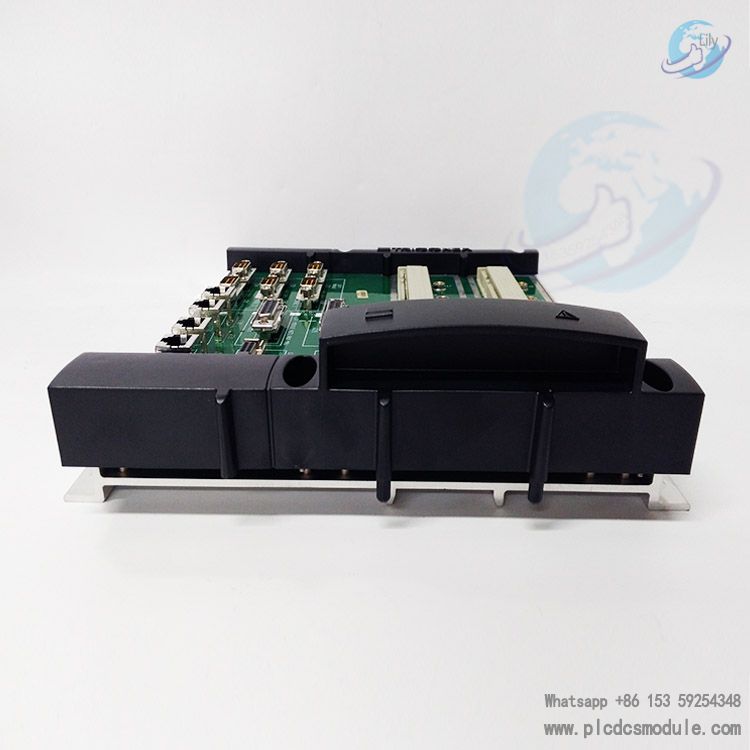
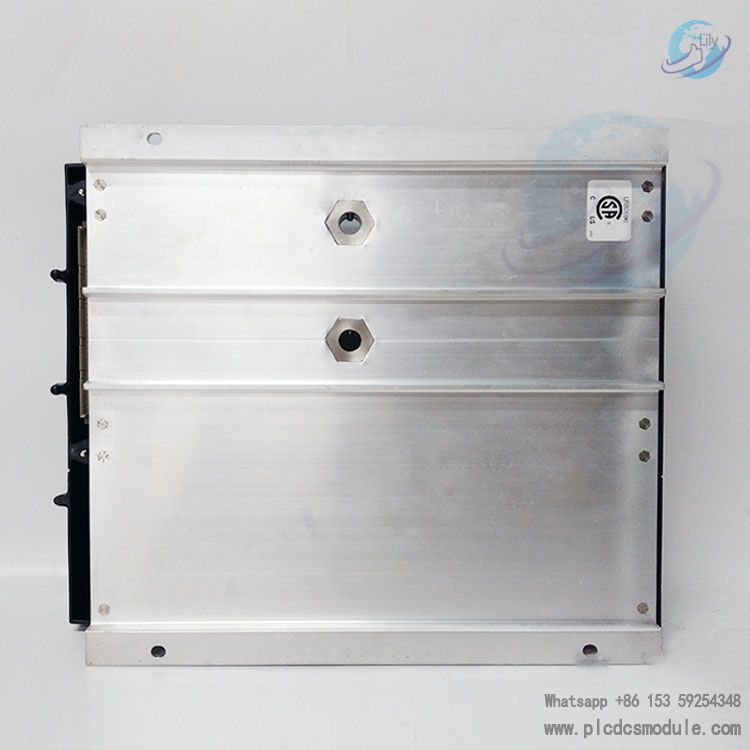
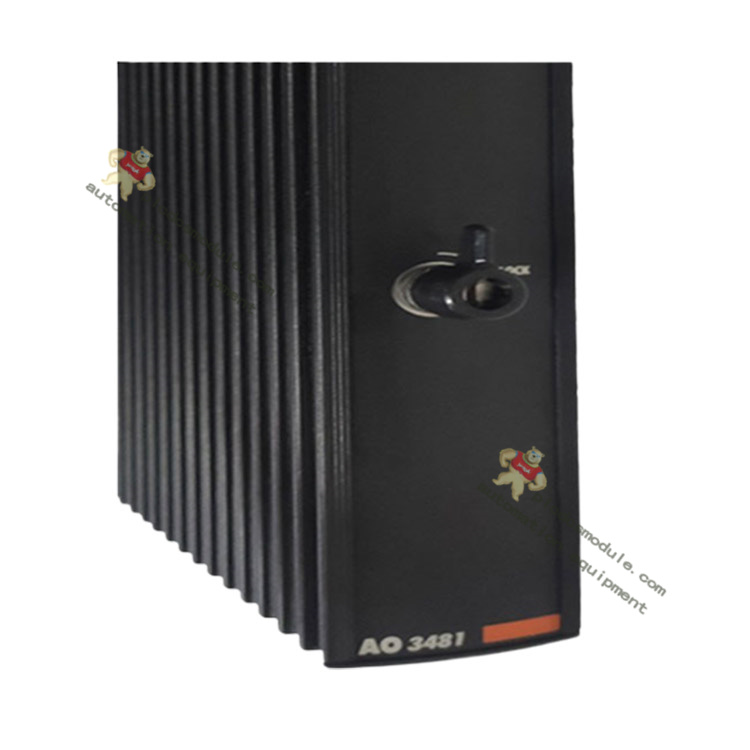
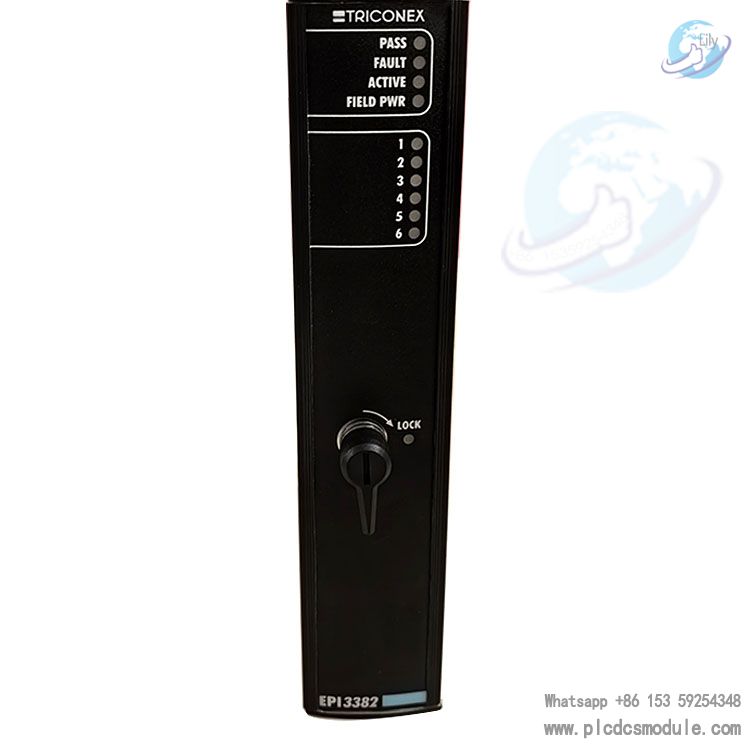
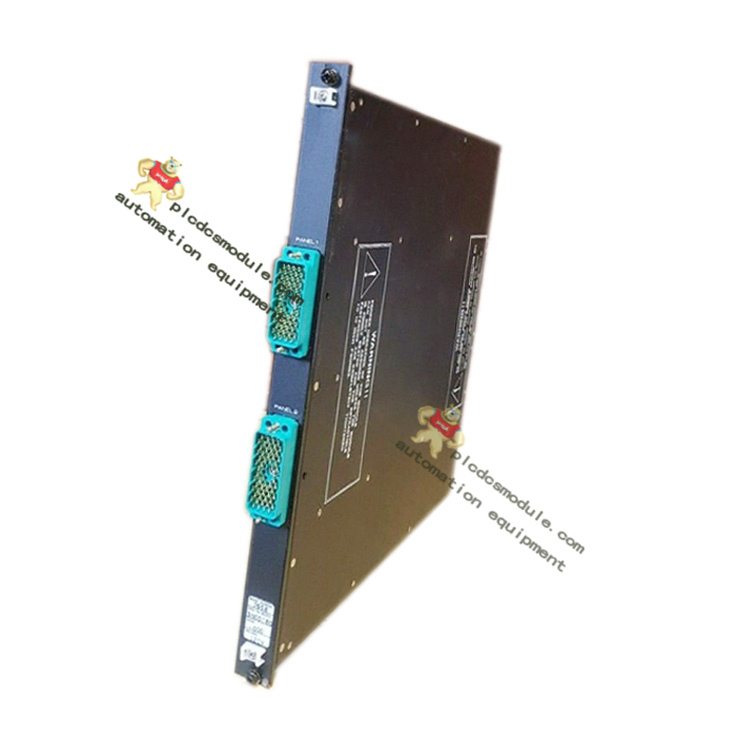
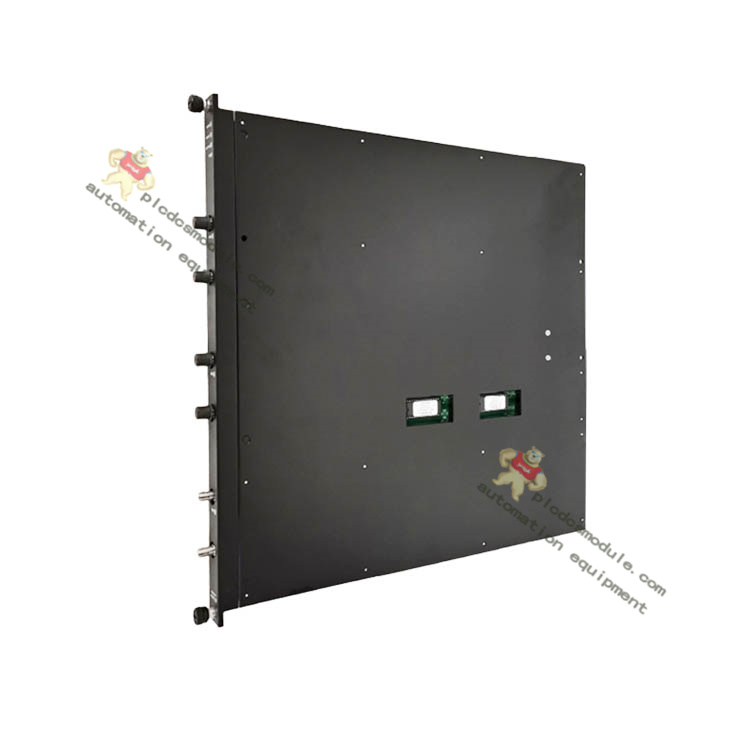


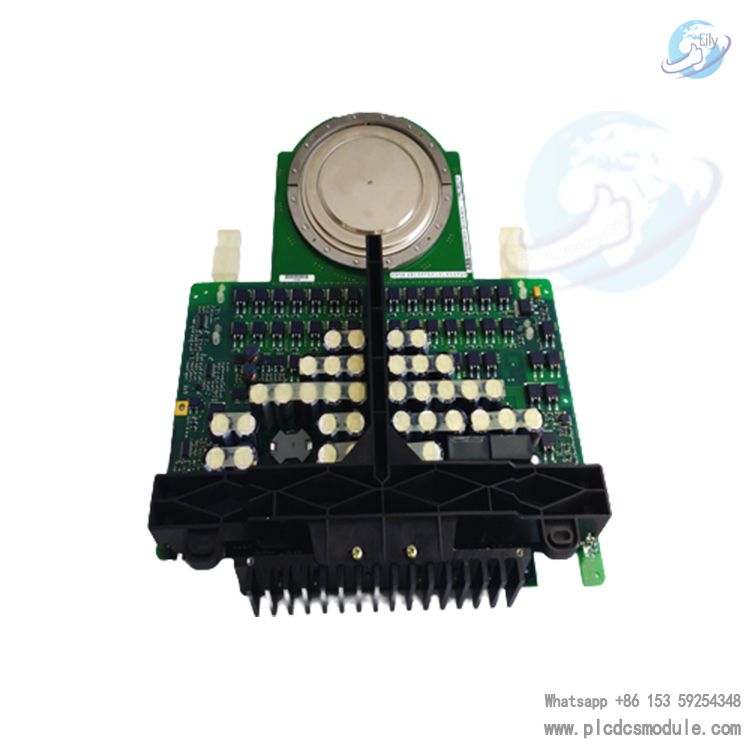
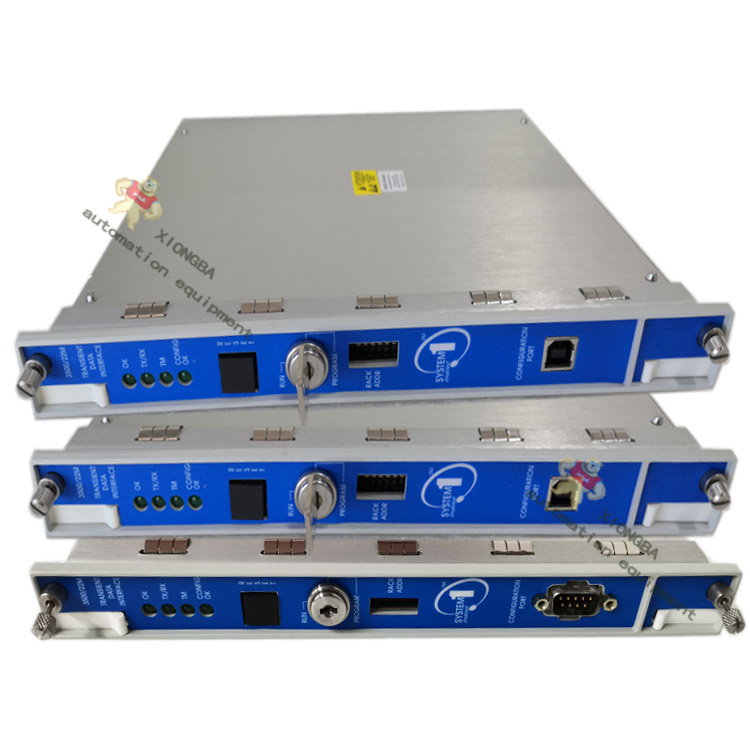
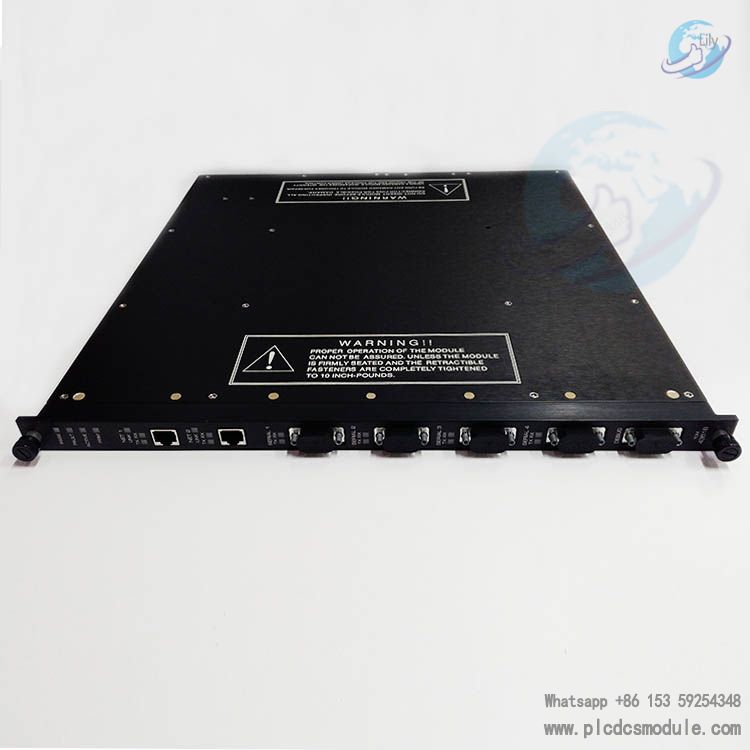
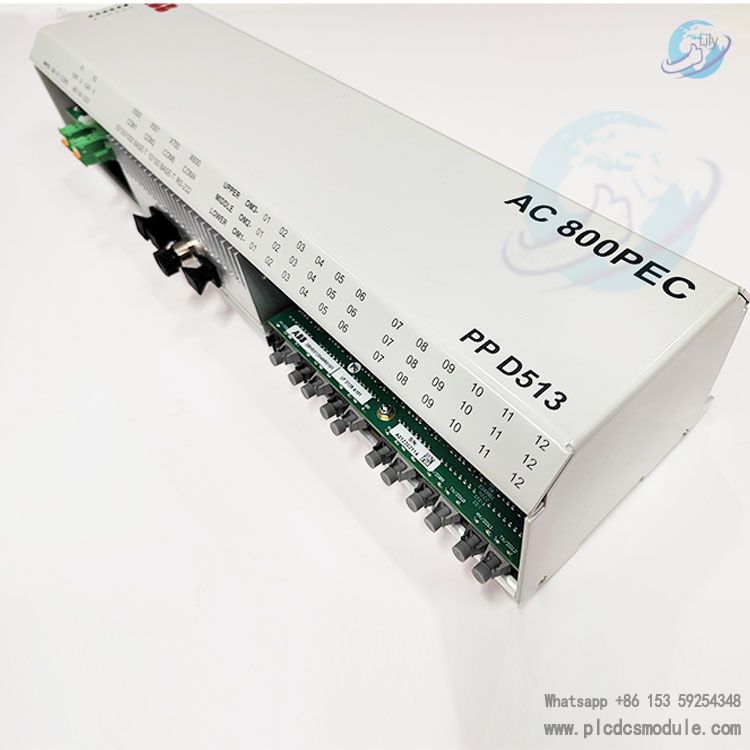
 3005319639
3005319639